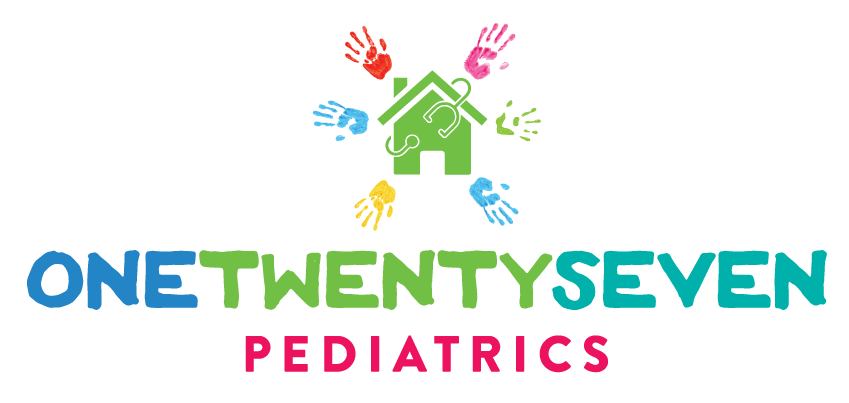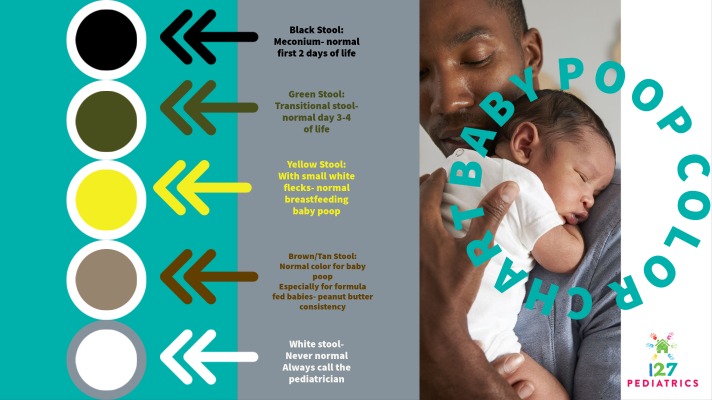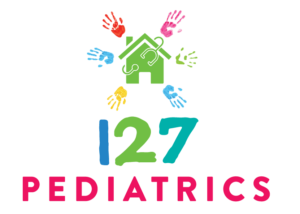Baby poop color is a concern for most parents. As a direct care pediatrician, it is the number one reason why new parents text me pictures of the inside of their babies’ diapers. Lucky me!
Most colors of baby poop are perfectly normal. A lot of the color depends on what goes into the baby.
Let’s look at what colors a baby’s poop should be in the first few weeks of their life. Young babies need special consideration when it comes to the color of their poop.
Black
A newborn baby’s first stool is a black and sticky substance called meconium. It is made up of dead cells, amniotic fluid and other waste products that move through the baby’s digestive system while they are in utero.
This black stool is normal for the first couple of days of a new baby’s life. If your baby is still having black stools past 3 days of life, this may indicate that she is not getting enough to eat. Make sure to run it by your baby’s pediatrician.
We expect babies to have a meconium stool within the first 24 hours of life. After that, it varies from baby to baby how many more of these black and tarry stools that they have.
Green
As the baby’s days here on this side of the womb progress, their stool changes to a greenish black color. This is called transitional stool. This army green color lasts for about a day as the baby’s digestive system is starting to process their new diet of either breast milk or formula.
A green tinge to a baby’s stool can also continue beyond the transitional stage and is generally not a cause for concern.
Yellow
Mature breastfeeding baby stool is yellow, not formed and contains little white specks. When the baby is very young, he or she will often have one of these yellow stools after each feeding. As their gut matures, babies stool less often. Some older breastfeeding babies only stool once every few days. If your young baby is not stooling at least once per day in the first few days of life, this could be a sign that they are not getting enough to eat. Also, if their stool has not changed to this yellow color by about day 4 or 5 of life, they may not be taking in enough breast milk.
Early initiation of breastfeeding is key to success.
Brown or orange
Brown stool is a very normal color. Breastfeeding babies can have brown stools, but often brown is the color of a formula fed baby’s stool. Formula feeding babies have stools that are the consistency of peanut butter or hummus. Their stool is thicker than a breastfeeding baby. But this is not a cause for concern.
White
White or colorless stool can be very concerning. It could indicate that your baby is having trouble processing a chemical in their blood called bilirubin. Often this is due to a problem with their liver and gall bladder.
Another reason that a baby can have white stools is if they are getting over a viral infection.
Either way, if your young baby is having white stools, this is something that your pediatrician should be alerted to right away.
Red
Red poop is also not normal. Almost always, the red that is in a baby’s stool is from blood. In early days after delivery, the blood could be from swallowing mom’s blood as baby comes through the birth canal. This swallowed blood can cause baby’s stool to be red tinged.
As they get a little older, red stool could indicate a milk protein allergy.
It is important to alert your baby’s pediatrician if you see red in their stool.
Set your mind at ease
As your child goes through life, there will be many things that will cause you concern as a parent. In the early days, it feels like you worry about everything. Baby poop color does not need to cause you great concern. More often than not, the color of your baby’s poop is perfectly normal.
© 127 Pediatrics; February 2022
This article is for informational purposes only and should not be construed as medical advice.

Dr. Andrea Wadley is the owner, pediatrician, and breastfeeding medicine specialist for 127 Pediatrics. She has an established house-calls-only concierge pediatric practice in Colleyville, TX. She is also the owner and operator of the 127 Pediatrics Online Breastfeeding Medicine and Education Center.


